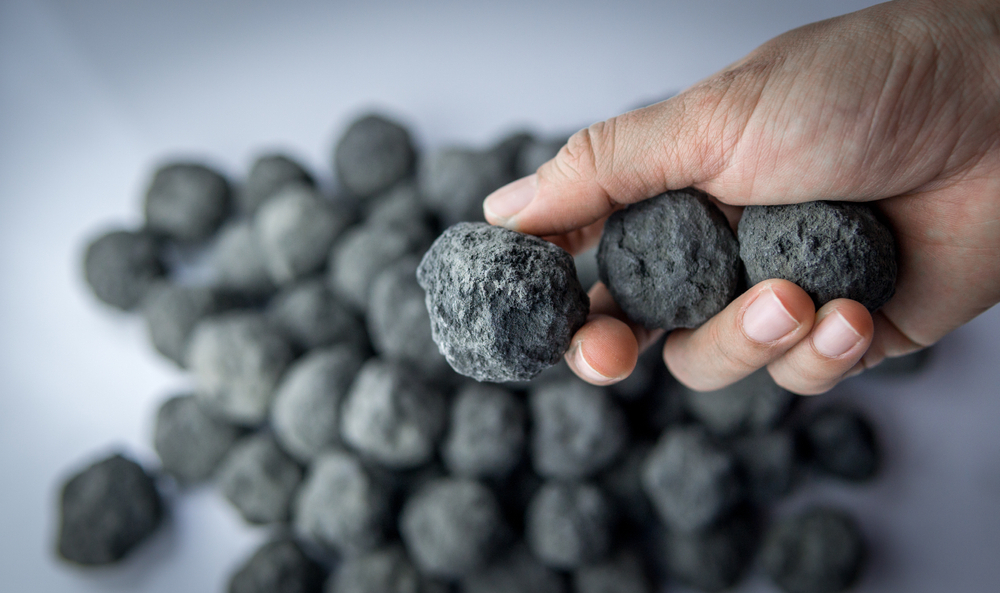Cement can be a (more) sustainable material

"If the concrete industry were a country, it would be the third largest emitter of carbon dioxide in the world, with about 2.8 billion tons, being second only to China and the United States." This statement draws attention to Lucy Rodgers' report for the BBC on the ecological footprint of concrete. With more than 4 billion tons produced each year, cement accounts for around 8% of global CO2 emissions and is a key element in the production of concrete, the world's most manufactured product. To give you an idea, approximately half a ton of cement is produced per person in the world every year, enough to build 11,000 buildings similar to the Empire State Building. With these staggering numbers, is there any way to reduce this impact?
To make cement, limestone, clay and sand are heated in very hot kilns, which reach up to 1450°C (1450°F). This forms clinker, which is then mixed with gypsum and other additives such as pozzolana. Cement makes up about 10% of the concrete mix. The other basic components are sand, gravel (coarse and fine aggregate) and water. There are two main aspects of cement production that result in carbon dioxide emissions. According to the article by Robbie M. Andrew, the first is the chemical reaction involved in the production of the main component of cement, clinker, as carbonates (mainly CaCO3, found in limestone) are broken down into oxides (mainly lime, CaO) and CO2 by the addition of heat. The second source of emissions is the use of fossil fuels to generate the energy needed to heat the raw materials to more than 1000°C. In other words, during cement production, large quantities of fuel are consumed (generally from non-renewable sources such as petroleum coke, gasoline or natural gas) and different pollutant gases are emitted, including carbon monoxide and carbon dioxide. According to this study, "the chemical reaction of calcination is responsible for approximately 52% of CO2 emissions in the clinker manufacturing process, while energy consumption accounts for the rest. (...) Considering energy consumption, for every 1,000 kg of clinker produced, an average of approximately 815 kg of CO2 is generated".

It is possible to reduce some of this impact. If clinker production is where most of the emissions occur, replacing it with other materials can make a big difference. So-called supplementary cementing materials (SCMs) are generally by-products from other industries, such as slag from steel and copper production, foundry sands from metal smelting operations, and fly ash, bottom ash and synthetic gypsum from electrical utilities. By replacing part of the clinker with these materials, concrete acquires new characteristics, which may be desirable in some cases, but mainly show a remarkable ability to reduce CO2 emissions. Another possibility is volcanic ash, an alternative to cement that has been used for thousands of years, enabling the Greeks and Romans to erect buildings so strong that they have stood ever since. By heating lime and volcanic ash to approximately 900°C and then mixing them with seawater, an extremely strong and stable material is achieved.
However, innovations can go further. CarbonCure, for example, seeks to reduce carbon dioxide emissions in a very different way. The Canadian startup has developed a process called CO2 Mineralization, which involves injecting carbon dioxide into the concrete mix, causing it to react with the calcium ions in the cement to form a nano-sized mineral, Calcium Carbonate, which becomes embedded in the concrete, increasing its strength.

It is possible to reduce some of this impact. If clinker production is where most of the emissions occur, replacing it with other materials can make a big difference. So-called supplementary cementing materials (SCMs) are generally by-products from other industries, such as slag from steel and copper production, foundry sands from metal smelting operations, and fly ash, bottom ash and synthetic gypsum from electrical utilities. By replacing part of the clinker with these materials, concrete acquires new characteristics, which may be desirable in some cases, but mainly show a remarkable ability to reduce CO2 emissions. Another possibility is volcanic ash, an alternative to cement that has been used for thousands of years, enabling the Greeks and Romans to erect buildings so strong that they have stood ever since. By heating lime and volcanic ash to approximately 900°C and then mixing them with seawater, an extremely strong and stable material is achieved.
However, innovations can go further. CarbonCure, for example, seeks to reduce carbon dioxide emissions in a very different way. The Canadian startup has developed a process called CO2 Mineralization, which involves injecting carbon dioxide into the concrete mix, causing it to react with the calcium ions in the cement to form a nano-sized mineral, Calcium Carbonate, which becomes embedded in the concrete, increasing its strength.